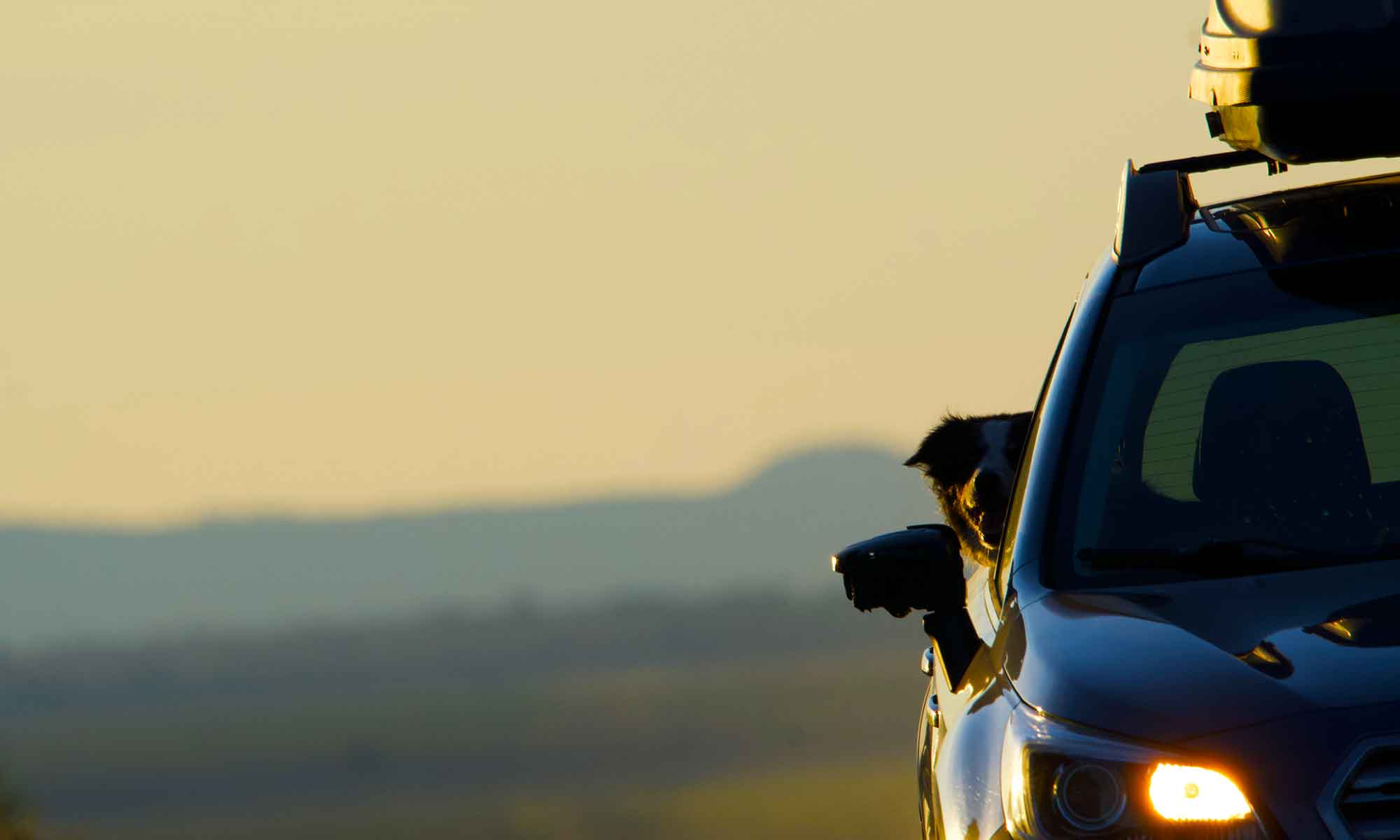
A recent Oregon Natural Desert Assoc. (ONDA) Zoom lecture made us aware of a spot we’d been near but never by and offered the perfect day trip. This week we headed to Lake Abert.
At the end of the last ice age the melting glaciers created the 460 square mile fresh water Lake Chewaucan. Then over a 2 million year span, the Pleistocene epoch, the water slowly receded and as it dried up alkali and salt deposits were left. Summer lake and Lake Abert, some 20 miles apart are the remnants of that lake. Abert is a relatively shallow endorheic (no outlet) basin that holds a saltwater lake.
We drove the indirect route via the Christmas Valley Highway (County 5-14). Cutting north off OR 31 at Fort Rock and then east to the town of Christmas Valley.

The Christmas Valley Highway takes us across a high desert plain of scrub and sage. There are patches of land with hay crops and cattle herds but without irrigation the land is sage brush on high desert sand.


At OR 395 we turn south and head toward Paisley OR. We are on the western edge of a fault scarp that raises to 2500 feet, topped with 800 feet of basalt.
This is the Abert Rim, home to Big Horn sheep (transplants from Hart Mountain) and a national hang gliding competition.
On the other side of OR 395 is the rocky shore of Lake Abert – Oregon’s only saltwater lake.

Humans have been living here for at least 11,000 years. Archeological surveys have identified more than thirty prehistoric sites some with round stone house pits, domestic artifacts, petroglyphs, and pictographs. there are no signs or markers to identify the historic district.
While some of the house pits and petroglyphs are close to the highway, there are no signs or markers to identify them as a way to protect the fragile sites.


Abert was once a major stop on the migration of 3.5 million shore birds.
It’s saline waters offered a perfect ecology for brine shrimp and alkali flys, but no fish.
The high concentrations of sodium and alkali can be seen in the mineral crusts coating rocks and boulders on the lake’s shore line. Climate change, extended droughts and battles over Klamath Basin water rights play equal roles in the draining of Oregon’s only salt water lake.










Another fantastic Oregon history lesson – thanks for that and the great pics.